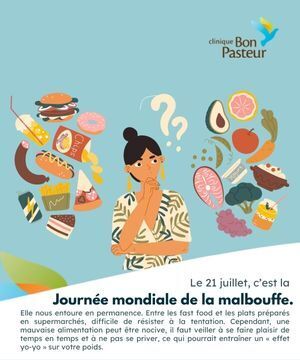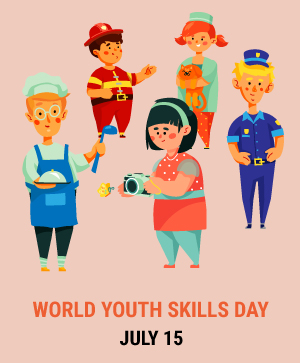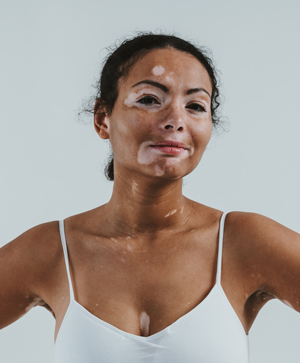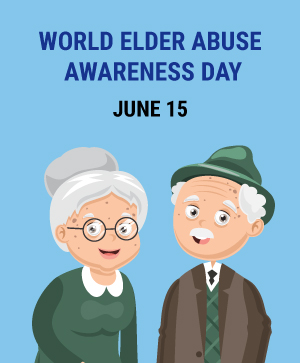As your pregnancy is coming to full term, you realise that Mother Nature is being temperamental: your delivery will thus have to be scheduled. What are the reasons behind such a decision? How to get prepared? Here is the answer in three parts.
What are the reasons for a scheduled delivery?
In many cases, it is possible to schedule a vaginal delivery. It is generally induced when the breaking of the waters occur before labour has started, when the term has been critically exceeded, or when the life of the baby or the expecting mother is at risk. Otherwise, the most common reason for a scheduled delivery is caesarean section. C-section can be recommended by the gynaecologist for many reasons: when the baby is too big or the mother’s pelvis too small, in case of intra-uterine growth retardation, twin pregnancy, baby’s breech, shoulder or face-first position, or placenta praevia… The list is long! Sometimes, mothers also opt for a C-section for psychological reasons, such as fear of childbirth and pain, or fear of morphological changes after childbirth… Some maternal conditions, such as diabetes, high blood pressure or heart disease, can also lead to a caesarean section.
What is the procedure to follow when delivery is scheduled?
Once the date has been agreed upon with the gynaecologist, it is necessary to prepare the pre-admission at the Clinic. This is very simple! All you need to do is send a copy of your identity card and insurance card (if you have one) as well as the doctor’s report, to the following email address: info@cliniquebonpasteur.com . You can also send these documents on WhatsApp to the following number: 59190327. Once your pre-admission is registered, it is time to take care of yourself! Set time for physical activity, meditation, rest… You ought to be fit and ready for one of the most important days of your life!
How to prepare for the D-Day?
In case of a C-section, the mother-to-be is required to come on an empty stomach – this includes not smoking before the operation – and, if she wishes, to have the area above the pubis, where the incision will be made, waxed beforehand. When the delivery is to be induced, it is, on the contrary, advised to eat breakfast. Childbirth is always strenuous, so it is better to fill up your energy! Whether for a C-section or an induced labour, the mother-to-be is required to come to the Clinic in the morning, with her documents and previous ultrasounds in hand. Upon arrival, she will undergo an antigen test to ensure that she is Covid-19 negative.
For more information, do not hesitate to call the Pre-Admission Department of the Clinique Bon Pasteur on 401 95 00.






